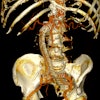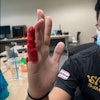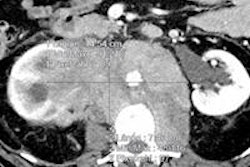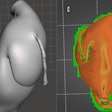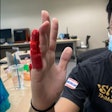Dear Advanced Visualization Insider,
While dynamic myocardial perfusion CT may be able to contribute incremental diagnostic and prognostic information beyond the assessment of coronary artery morphology, postprocessing of this data has been labor-intensive and time-consuming. But a 3D semiautomated software application can help, according to a multinational research team.
In an article published online in European Radiology, a team led by Dr. Ullrich Ebersberger of the Medical University of South Carolina and the Heart Center Munich-Bogenhausen in Germany found that the novel application could perform just as accurately as manual evaluation methods and in one-third the time. Click here for our coverage.
In other news we're featuring this month in your Advanced Visualization Digital Community, a Malaysian company called iGene has ambitious plans for several new virtual autopsy centers in the U.K. The first site, which will employ a 64-slice CT scanner and visualization chamber, 3D imaging software, and automated workflow systems, is scheduled to open in October. It will be housed in an extension to Sheffield's Medico-Legal Center, which is where the city council mortuary and coroner's services are already located.
This facility is expected to serve as the flagship for other centers the firm plans to develop across the U.K. Staff writer Frances Rylands-Monk has our coverage, which you can access here.
A team of Paris researchers has also recently found that an automated postprocessing software application shows promise for preoperative assessment of patients undergoing transcatheter aortic valve implantation (TAVI). Not only could it reliably and reproducibly measure the aortic annulus in patients undergoing TAVI, but it also outperformed manual assessment in predicting postprocedural aortic regurgitation, a common occurrence after TAVI. Click here for the details.
Do you have an idea for a topic you'd like to see covered? As always, please feel free to email me.
